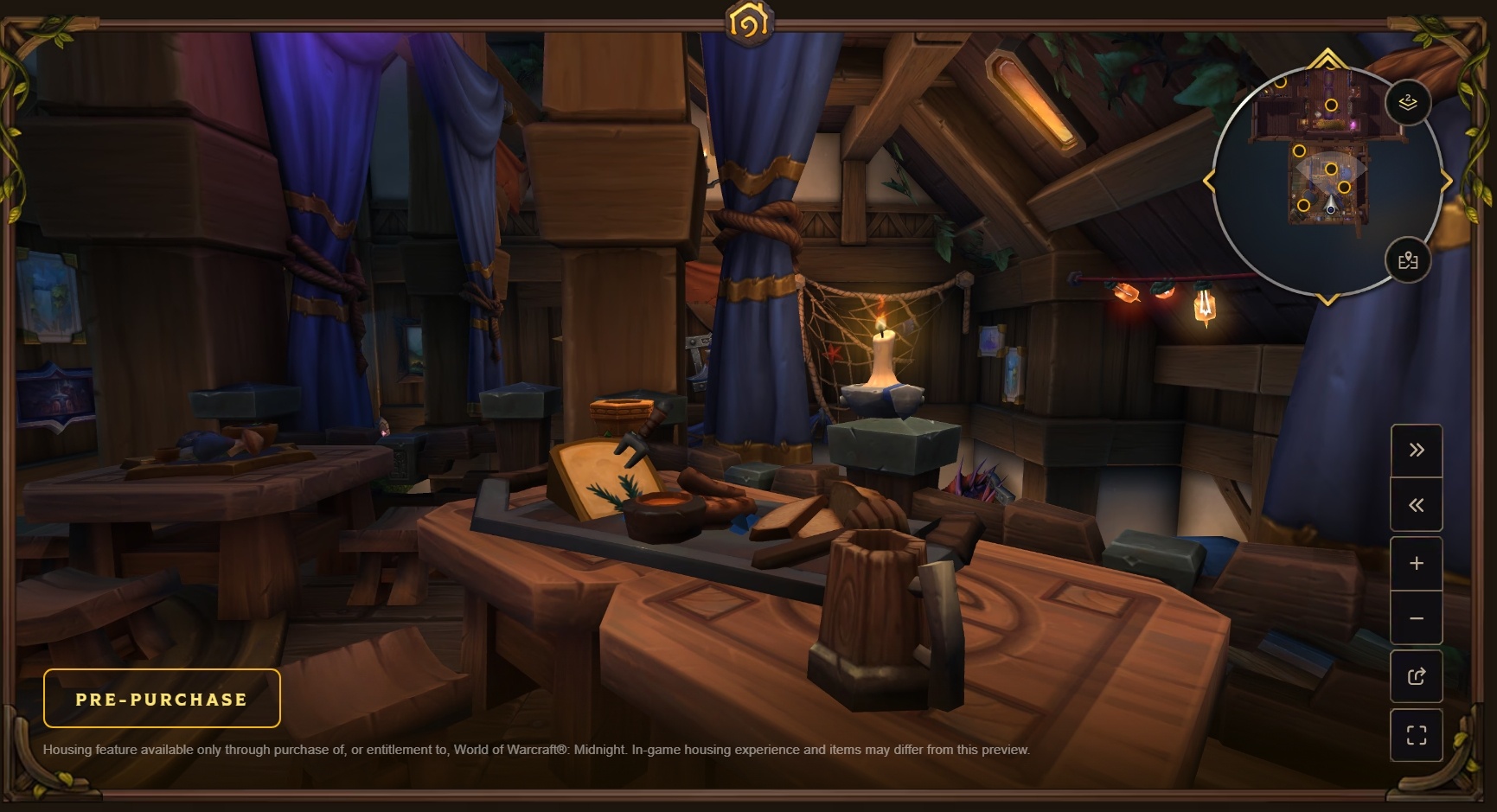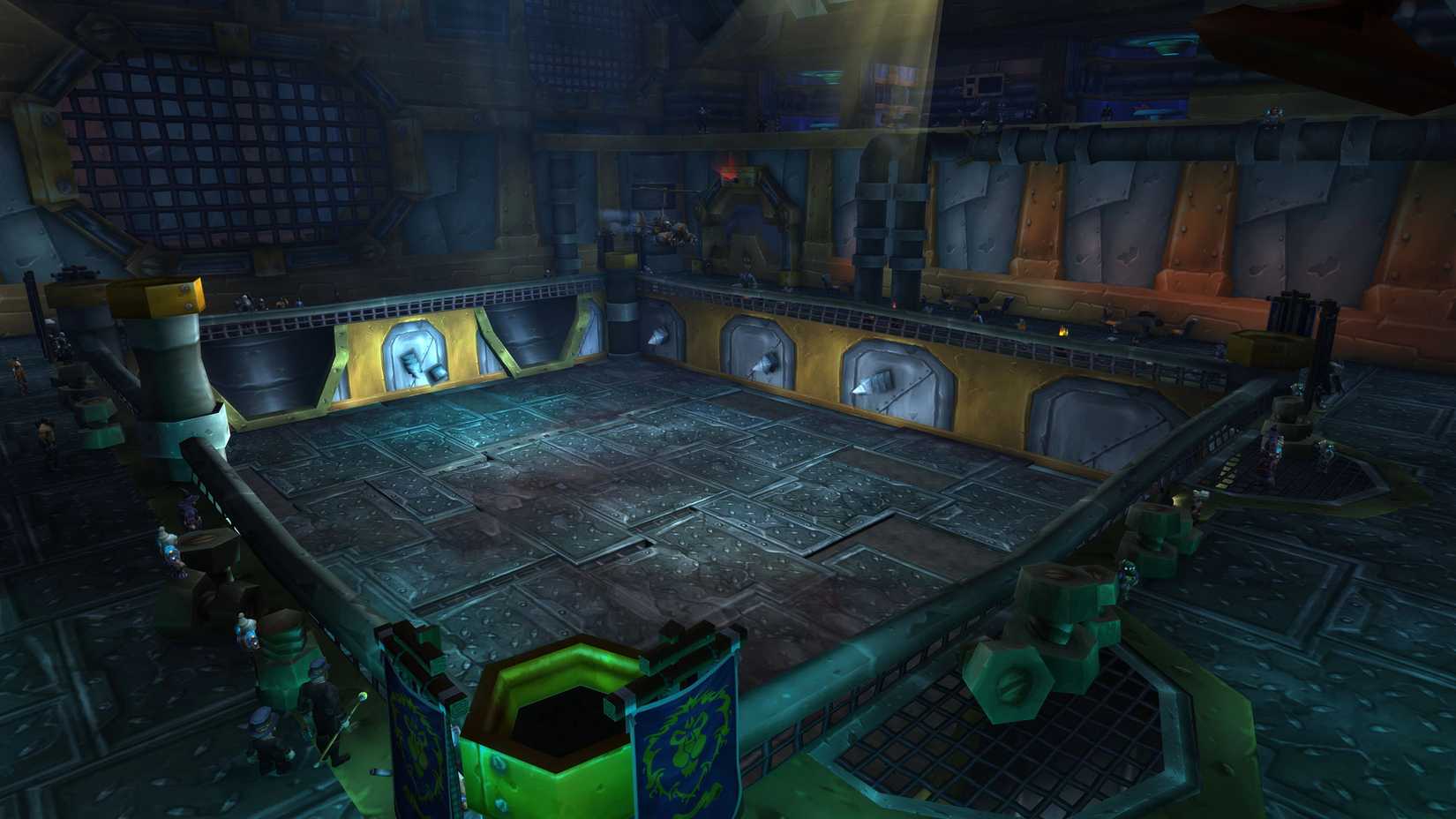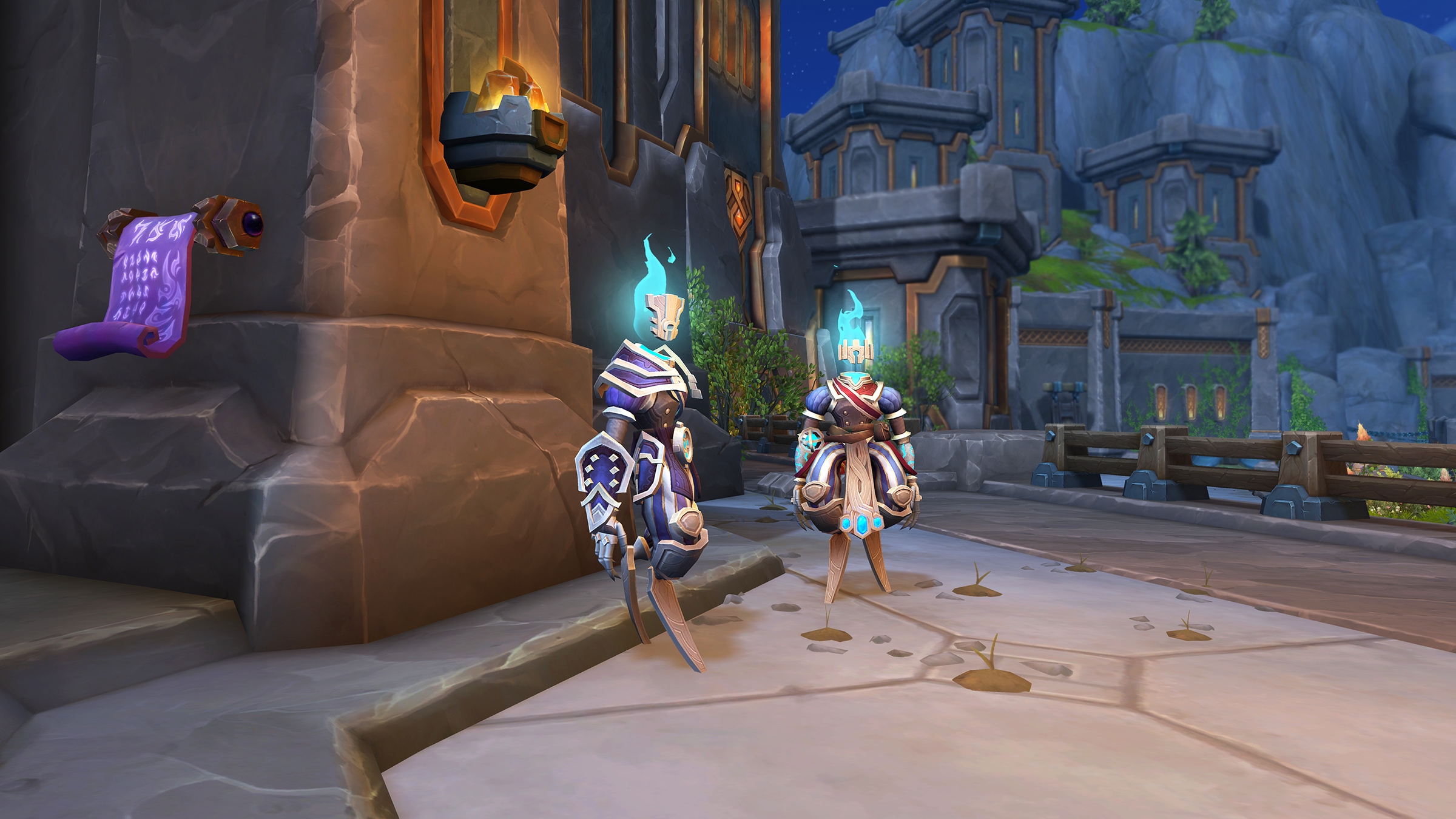How World of Warcraft’s Midnight Expansion is Ending the Reign of Combat Addons
Popular Now
 League of Legends
League of Legends
 CarX Street
CarX Street
 Geometry Dash
Geometry Dash
 Free Fire Max
Free Fire Max
 Genshin Impact
Genshin Impact
 Sonic the Hedgehog™ Classic
Sonic the Hedgehog™ Classic
 Call of Duty
Call of Duty
 Auto X Drift Racing 3
Auto X Drift Racing 3
 Minecraft
Minecraft
 The landscape of endgame World of Warcraft is poised for its most significant seismic shift in nearly two decades. The announcement surrounding the upcoming Midnight expansion—the second chapter of the monumental Worldsoul Saga—has sent shockwaves through the community, not just for its promise of new zones and story content, but for its aggressive re-evaluation of the game’s core combat experience. At the heart of this controversy lies a fundamental change to the AddOn API, a technical decision that will effectively render the game’s single most ubiquitous and powerful utility—WeakAuras—non-functional for real-time combat.
The landscape of endgame World of Warcraft is poised for its most significant seismic shift in nearly two decades. The announcement surrounding the upcoming Midnight expansion—the second chapter of the monumental Worldsoul Saga—has sent shockwaves through the community, not just for its promise of new zones and story content, but for its aggressive re-evaluation of the game’s core combat experience. At the heart of this controversy lies a fundamental change to the AddOn API, a technical decision that will effectively render the game’s single most ubiquitous and powerful utility—WeakAuras—non-functional for real-time combat.
The End of an Era: WeakAuras and Deadly Boss Mods Face Sunset
For years, third-party user interface modifications, known as addons, have been a mandatory component of high-level WoW gameplay, especially in Mythic+ dungeons and Raid encounters. Among these, WeakAuras stands out. It is an incredibly versatile tool that allows players to create custom, dynamic visual and audio alerts for virtually any in-game event. While often maligned as an addon that “plays the game for you,” its primary function is to surface critical, often hidden, information to the player in a clear, customizable way. Its sister addon, Deadly Boss Mods (DBM), provides crucial timer bars and spoken alerts for boss abilities.
The development teams behind these essential utilities have released sobering statements. The creators of WeakAuras indicated that the new restrictions are so comprehensive they will not be releasing a version for Midnight. They stated the changes make the addon’s core functionality “impossible” to maintain, forcing a decision to effectively “close shop” on the modern game.
The core issue stems from Blizzard’s decision to move the Combat API from a Public state to a Private one during instanced, competitive content. When players enter an active Raid encounter or a Mythic+ run in Midnight, all real-time combat data—such as specific enemy cast details, the application of certain buffs and debuffs, or precise cooldown timings—will be placed into an inaccessible “black box.”
Blizzard’s Rationale: Leveling the Playing Field and Accessibility
Blizzard’s Game Director, Ion Hazzikostas, and other developers have been explicit about their philosophy. The decision is driven by a desire to resolve the “arms race” between encounter designers and addon creators. As raid fights became more complex, designers unconsciously began assuming players had these powerful third-party tools, which in turn increased the skill floor for new and returning players. This cycle made external software feel mandatory for competitive WoW.
The official stance is that by disabling addons that perform “problem solving real-time computation,” they can:
- Design encounters with clearer visual telegraphs.
- Provide players with longer reaction windows for critical mechanics.
- Ensure all players have the necessary information to perform well without needing to spend hours configuring complex external programs.
- Improve accessibility for players with different sensory or cognitive needs, who often relied on WeakAuras to adapt the UI. Ironically, this is the aspect of the change that has drawn the most heavy criticism from affected users.
 The Impact on High-End Gameplay and Esports: Race to World First
The Impact on High-End Gameplay and Esports: Race to World First
The most immediate and dramatic effect will be felt at the pinnacle of WoW content. The Race to World First (RWF), the highly publicized competition where top guilds race to clear the new Mythic Raid, will fundamentally change. Teams will no longer be able to rely on the scripted, automated, and hyper-precise callouts provided by combat-reactive addons. Instead, success will rely more heavily on:
- In-client communication and coordinated voice calls.
- Pure player reaction and memorization of boss patterns.
- Utilizing Blizzard’s new, built-in native UI tools to track abilities.
This shift is a massive re-calibration of the MMORPG’s competitive scene, forcing players to focus on raw spatial awareness and reaction speed over the scripted execution facilitated by addon automation. The technical changes are also impacting other key combat-related addons, with reports indicating a loss of functionality for tools like OmniCD (cooldown tracking) and parts of popular unit frame/nameplate modifications.
Blizzard’s Native Replacements: A New UI Ecosystem
To mitigate the loss of essential functionality, Blizzard is actively developing and rolling out a suite of native tools intended to fill the void left by WeakAuras and DBM. The new expansion will feature:
- A built-in Boss Ability Tracker that mimics the timeline functionality of DBM/BigWigs.
- Improvements to the Cooldown Manager and Personal Resource Display to better track class-specific buffs and procs, an area previously dominated by class-specific WeakAuras packs.
- Enhanced Nameplate functionality to make crucial enemy status and cast bars more visible.
- An integrated Damage Meter to provide real-time performance tracking without needing a third-party application.
While these native replacements are a welcome addition, alpha feedback suggests they currently lack the granular customization and deep functionality that the community had developed over decades. Players are vocal about the missing features, such as the ability to customize colors for accessibility, create dynamic grouping of buffs, or trigger custom audio alerts—all features that were central to the power of WeakAuras customization.
 A Controversial Decision: The Future of WoW UI
A Controversial Decision: The Future of WoW UI
The dramatic change, especially the decision to “rip the band-aid off” by deploying the restrictions before the native tools are fully proven, has ignited a firestorm of debate. Many veteran players view it as an unnecessary infringement on player freedom and a massive hit to Quality of Life (QoL). They argue that addon customization is a core tenet of the WoW experience and that the loss of real-time data will negatively impact complex class rotations, regardless of Blizzard’s class design adjustments in Midnight.
The developers, however, are holding firm to their vision: a game where high-level play is determined by in-game awareness and mechanics, not by the quality of a player’s third-party software suite. The true test of this philosophy will come when Midnight launches. Whether Blizzard’s built-in tools can match the utility and adaptability of the community-created solutions—or whether players will resort to external overlays and tools outside of the official API to gain a competitive edge—remains one of the most compelling and highly debated questions facing the future of this iconic Massively Multiplayer Online Role-Playing Game (MMORPG). The high-CPC keyword takeaway is clear: the WoW Addon API change in Midnight represents a new, high-stakes direction for the game’s competitive future.







